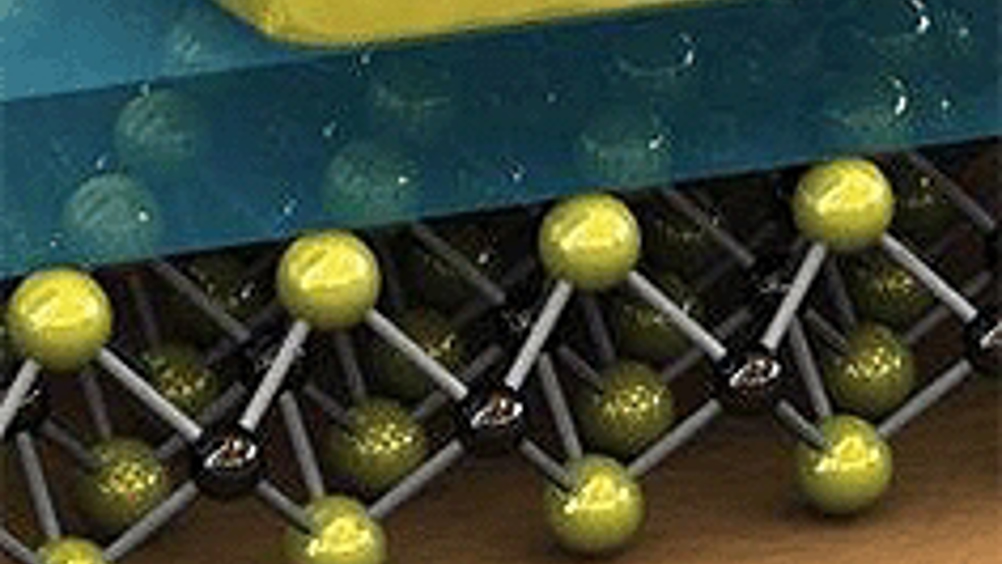Molybdenite has potential for electronics applications
Research carried out in EPFL’s Laboratory of Nanoscale Electronics and Structures in Switzerland has shown that molybdenite is a very effective semiconductor.

The mineral (MoS2), which is abundant in nature, is often used as an element in steel alloys or as an additive in lubricants but it had not yet been extensively studied for use in electronics.
‘It’s a two-dimensional material, very thin and easy to use in nanotechnology,’ said EPFL’s Prof Andras Kis. ‘It has real potential in the fabrication of very small transistors, light-emitting diodes and solar cells.’
Kis compared its advantages with two other materials: silicon, currently the primary component used in electronic and computer chips, and graphene.
According to EPFL, one of molybdenite’s advantages is that it is less voluminous than silicon, which is a three-dimensional material.
‘In a 0.65nm sheet of MoS2, the electrons can move around as easily as in a 2nm-thick sheet of silicon,’ said Kis. ‘But it’s not currently possible to fabricate a sheet of silicon as thin as a monolayer sheet of MoS2.’
It is claimed that another advantage of molybdenite is that it can be used to make transistors that consume 100,000 times less energy in standby state than traditional silicon transistors.
Register now to continue reading
Thanks for visiting The Engineer. You’ve now reached your monthly limit of news stories. Register for free to unlock unlimited access to all of our news coverage, as well as premium content including opinion, in-depth features and special reports.
Benefits of registering
-
In-depth insights and coverage of key emerging trends
-
Unrestricted access to special reports throughout the year
-
Daily technology news delivered straight to your inbox










Water Sector Talent Exodus Could Cripple The Sector
Maybe if things are essential for the running of a country and we want to pay a fair price we should be running these utilities on a not for profit...